Science & Process
Diamond Green Diesel
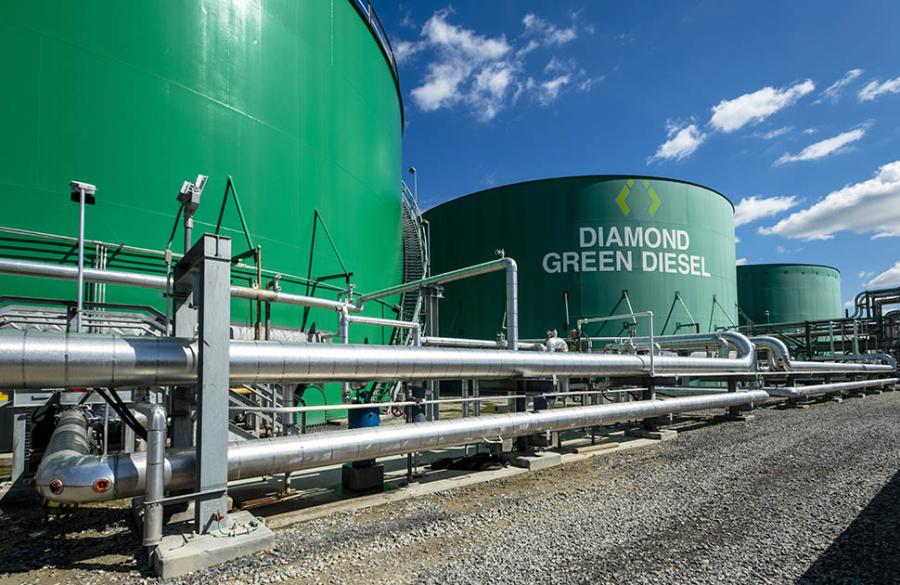

reduction in life cycle greenhouse gas emissions.
pounds of rendered and recycled material converted each year.
gallons of renewable diesel produced each year.
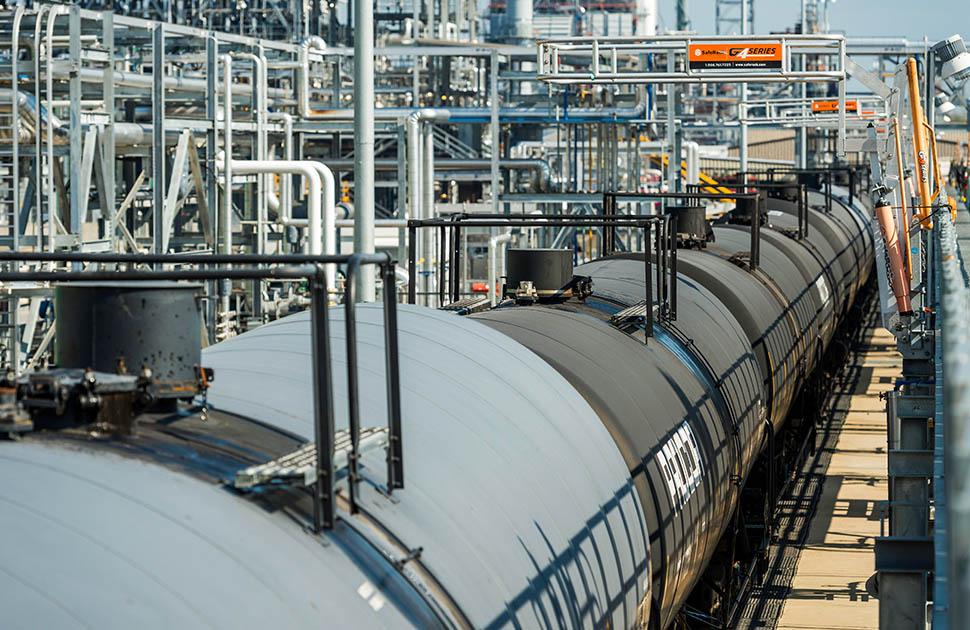


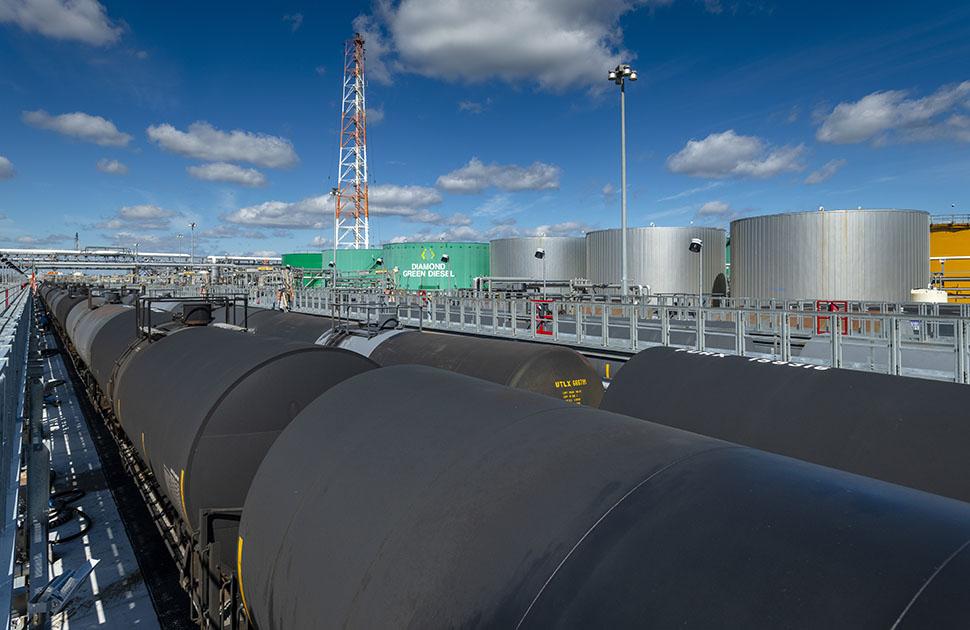
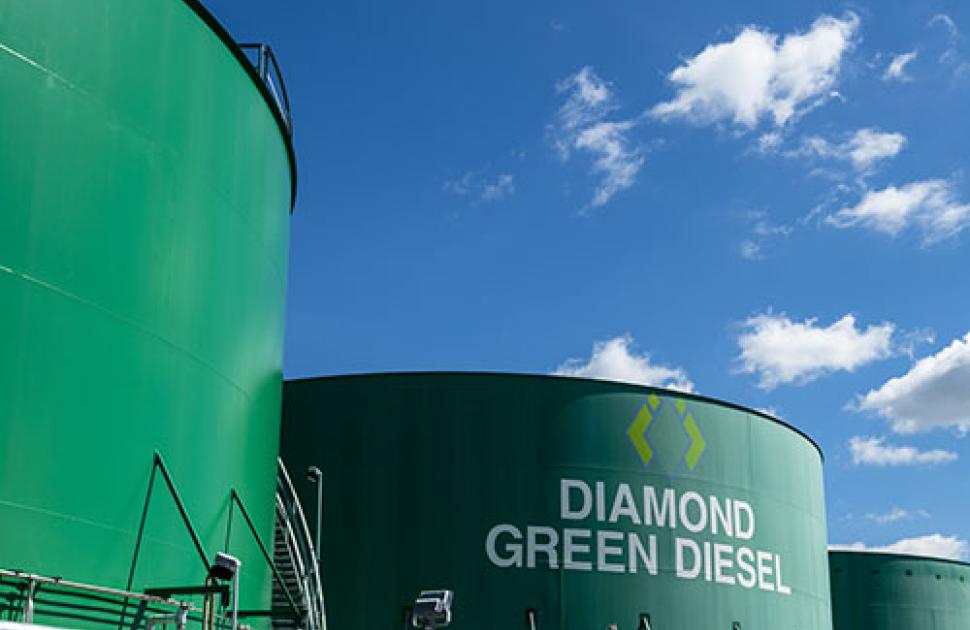
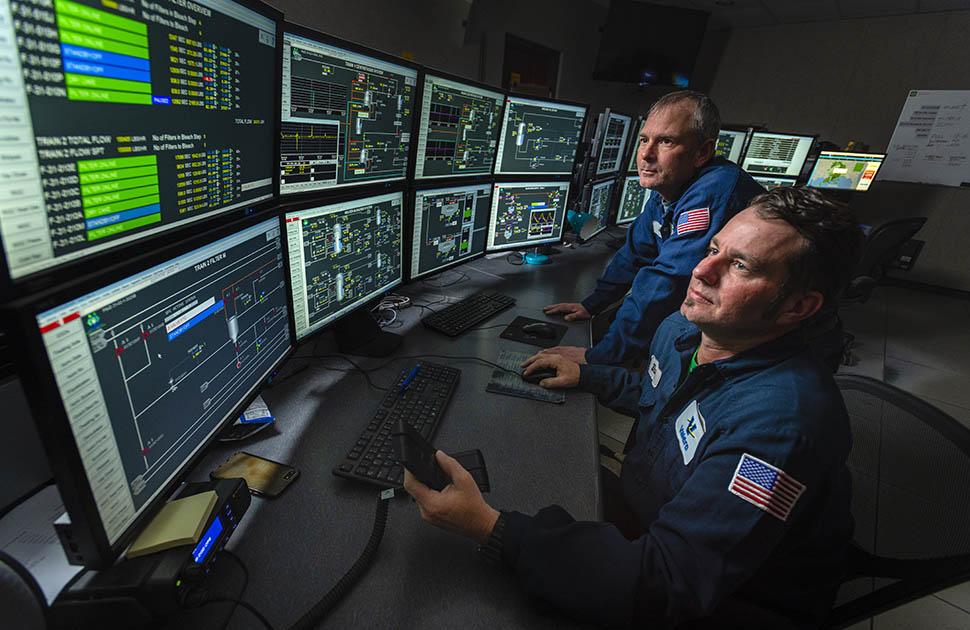
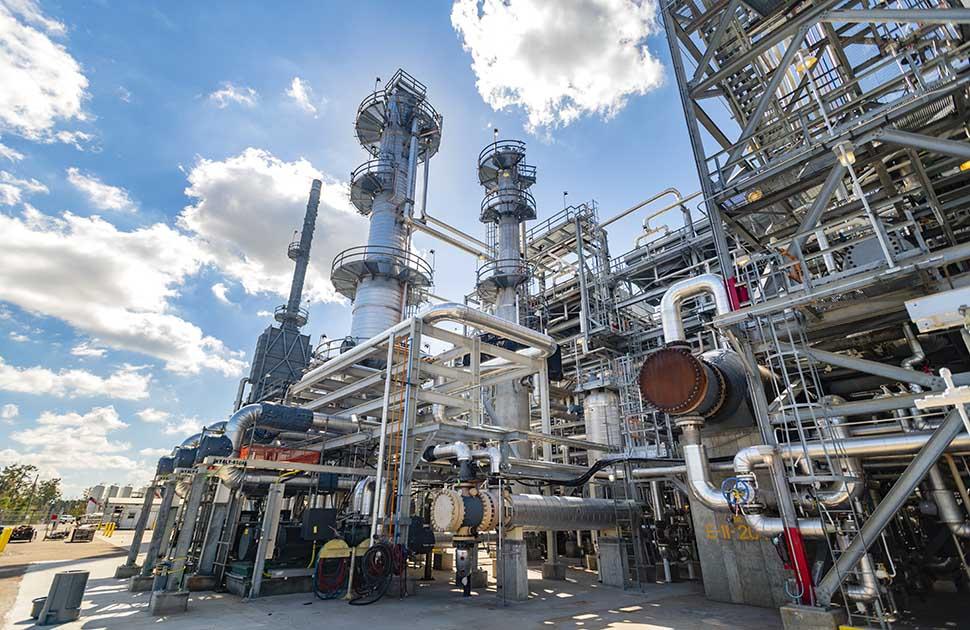

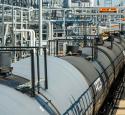



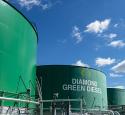
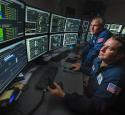
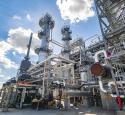
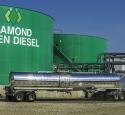
Renewable diesel has a different molecular structure from biodiesel, which is a methyl-ester primarily made from soybean oil.
Renewable diesel is a true hydrocarbon, just like diesel, and can be used anywhere diesel is used without modifications to engines or pipelines.
It has an energy density value equivalent to ultra-low sulfur diesel (ULSD), which is a cleaner burning, lower emission fuel.
It performs well in both cold and warm climates.
Inedible meat and fat are collected from supermarkets, butchers, meat processors and other food service establishments in North America and transported to rendering operations, such as Darling Ingredients’ network of plants. There, the by-products are ground and cooked to separate the fats from the protein material. These recycled fats are used to produce biofuels.
The restaurant industry in the U.S. generates an estimated 2.3 billion pounds of used cooking oil annually. Companies like Darling Ingredients provide restaurants, grocers and other food service establishments with storage tanks or bins to store used fryer oil. During regularly scheduled visits, the service company pumps the oil into dedicated trucks and transports it to their processing plants, where it is cleaned of debris or solid matter and heated to evaporate any water. The used cooking oil is transported to our Diamond Green Diesel facilities, where we manufacture the renewable diesel.
The used cooking oil and inedible animal fats are pretreated to remove impurities. Next, these fats are processed into renewable diesel by:
Because of its molecular similarity to traditional diesel, renewable diesel can be distributed using existing pipelines used to transport petroleum products, no changes are needed.
The fuel is sold primarily in California, Canada and Europe, which are markets that mandate low-carbon fuels.
California enacted this regulation in 2007 by the California Air Resources Board (CARB) to help reduce the state’s greenhouse gas emissions. It is designed to encourage the use of lower-carbon fuels. Similar mandates have been adopted or are being considered in other states and countries.
For sales information:
sales@diamondgreendiesel.com
For feedstocks information:
feedstocks@diamondgreendiesel.com
For general information:
info@diamondgreendiesel.com
